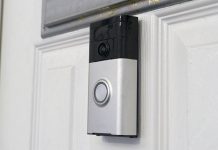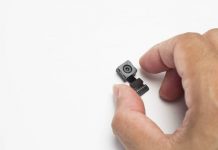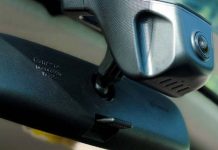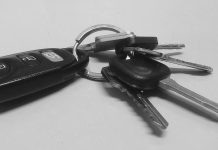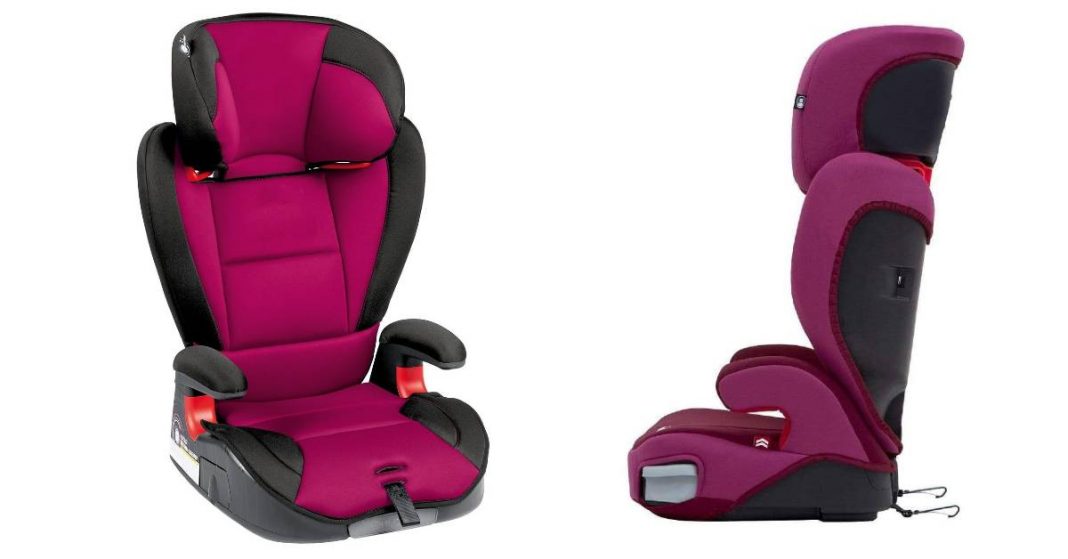UPDATED December 11, 2021 This piece has been updated to reflect the emergence of new technology


Christian Mathews Security Writer
As a parent, you’ll look out for your child’s safety and security on each piece of equipment you buy. Although car seat belts could be a good fit for you, this is not true when it comes to children. Your kids’ bodies are yet to grow and develop. And car seat manufacturers aren’t majorly focusing on that. We’ll look specifically at high back booster seat requirements so you get the right fit for your kid.
This is the reason that seat belts are not a great fit for children. And this is also why you will find that various places have it mandatory for you to use booster seats, especially for children who are between 4 and 12 years.
There are many types of booster seats available in the market:
But talking of the safest options, studies claim high back booster seats provide the optimum protection that your kid needs. The comfort that comes with is a bonus.
1Child Car Seat Regulations
For infants and toddlers (Under 2 years)
Rear-facing convertibles or seats are mostly applicable for your little one.
For preschoolers (Mostly under 4 years)
Forward-facing car harnessed seats are best for the young guy. These have almost a capacity of 65 pounds (29.48 kg). But once that limit or the specified limit for the product surpasses, it is time that you consider booster sets.
For school-goers. (4 – 12 years).
Use booster seats till your child can properly use the seat belt on his own. And when it fits him properly.
For teenagers (above 12 years)
You know it is time to get rid of that booster seat when:
- Your child can rest their back along with the car back seat.
- Their knees now bend at the edge and are not uncomfortably resting on the seat.
- The lap belt is hugging their thighs, and the shoulder belt runs perfectly between their neck and shoulder.
- Your child doesn’t fiddle with the seat belt’s buckle.
Choose the right car seat for your child that checks all the needed boxes. They are designed specifically to fit the specific requirements of your growing child. Don’t ignore the manual when you are installing the seat. One wrong move and your child’s safety can be at stake. And if you are thinking of getting a second-hand booster seat, make sure you know when car seats expire.
2High Back Booster Vs. No Back Booster Vs. Car Seat
Now comparatively, high back boosters are a bit higher in cost but a better long-term investment as you can use them for eight long years. But what sets them apart?
Head-support
A high back booster seat comes with a place for your child to rest their head. For instance, your child is tired from their day at school, and they fall into a slumber. Children, more often than not, are quite fond of taking naps in car drives. In the case of backless boosters and car seats, their back doesn’t properly align with the car seat, and they end up slouching.
A high back booster seat will give your child comfort and also take care of his posture. After all, who would enjoy long journeys if they didn’t have a proper place to rest their head?
Protection
As stated, safety is the first concern. And high back booster seat tops that list. It protects important parts of your child’s body, including the spine, head, neck, and chest. And the most notable feature of a high back booster is that it offers side-protection, unlike the other two options. It often comes with added padding that protects your child in case of a crash.
Portability
High back boosters do seem like a hassle to carry. It is easier to carry backless boosters. But also, most high back boosters come with a detachable back, making it as portable as a backless booster.
High Back Booster Seat Age
High back booster seats are useful for 4-12 years old. However, your child might need a booster seat when they are five or older, and their height is at least around 40-45 cm. At the same time, they might also stop needing it before they are 10, even though most state guidelines support using them until they are 13. That is when their seat belts fit them properly, even without a booster seat. That is when they reach a height of about 55-60 cm.
3How To Know Your Child Is Ready For A High Back Booster Seat?
First, a rear-facing to a forward-facing and then your child goes to a high back booster seat.
For most cases, before the weight, the height requirement is what exceeds. In a forward-facing harness, if you see that the slots are at par or above your child’s shoulder level, it is time to make a change.
When checking by weight, remember to check the weight limit of the harness, not the booster. When either or both exceed, your child is ready to change into the booster seat. Even though it is around when they are 4, not all children grow at the same pace. Don’t rush into it. Maybe your child might not need one until they are 5 or more. That’s why it’s important to check the high back booster seat requirements. There are other things to know when a child can use a booster seat.
4Does That Mean They Have To Use A Booster Seat?
You are mistaken if you still feel that kids car seats are not necessary. Over the years, it has been seen car accidents to be a major cause behind the death of children. Car manufacturers design seat belts for adults, not children. The customer is always the former. They are, after all, there to make sure the seat belts can effectively work for your children as they do for you, even better.
There are countries where it is a must for you to get the appropriate seat for your child. Laws regarding such have been framed and modified time and again. So, yes, your child should use a booster seat until they are equally comfortable and safe without one. And it is, after all, compared to other seats, a long term investment.



